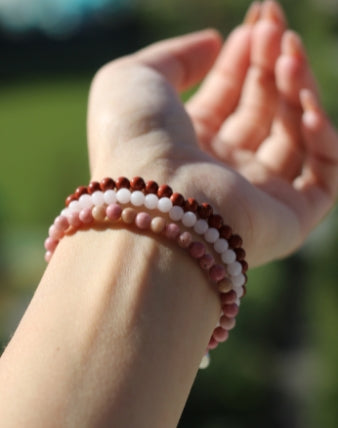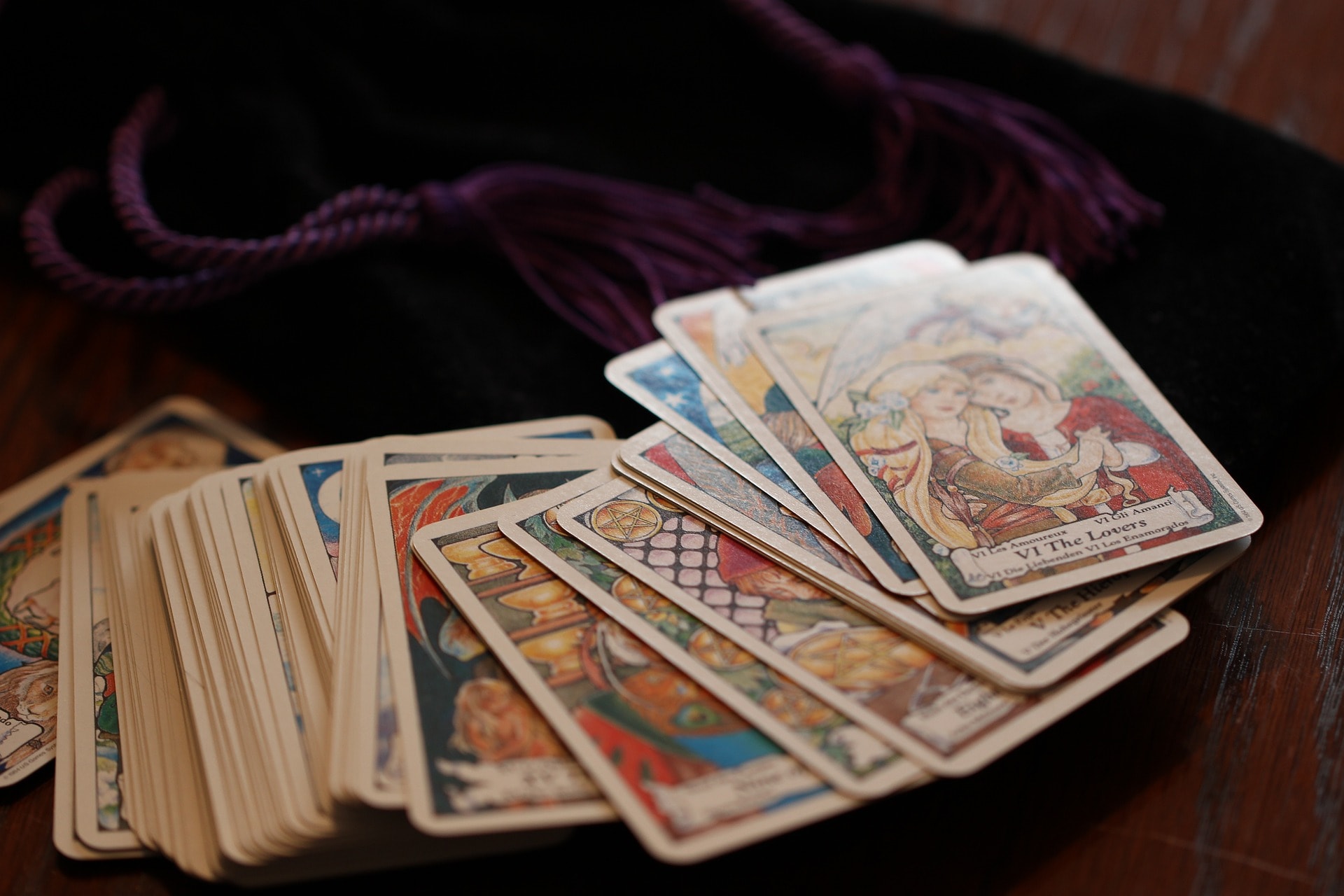
In this article...
Tarot reading is an ancient art that has captivated the minds and hearts of people for centuries. Whether you are a beginner eager to learn or a seasoned tarot reader looking to deepen your practice, this guide will provide you with all the information you need to read tarot cards effectively.
From understanding the structure of a tarot deck to mastering popular spreads like the Celtic Cross and the Three Card Spread, you'll find valuable tips and insights to enhance your tarot reading journey.
Understanding the Tarot Deck
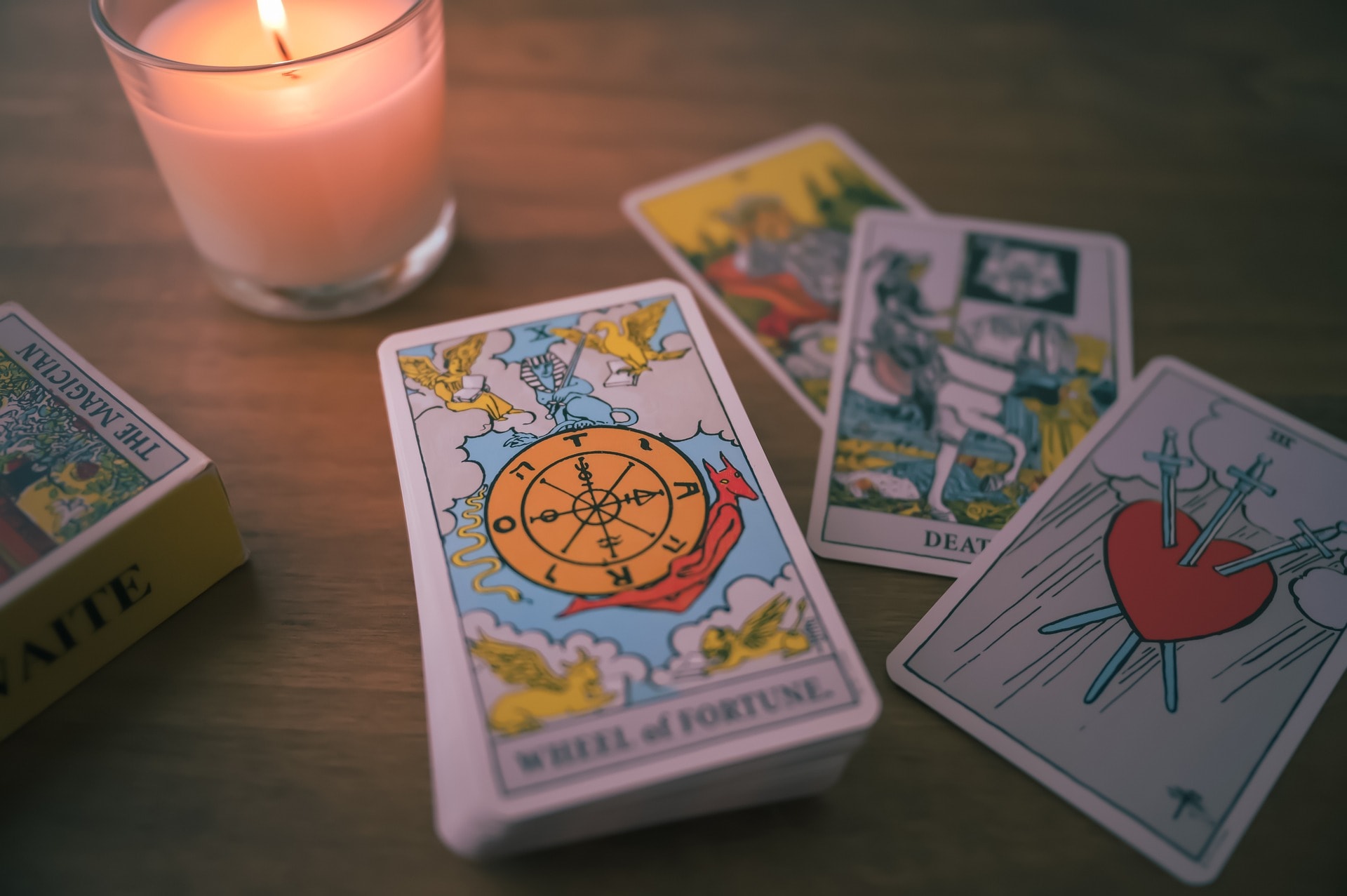
The Structure of a Tarot Deck
A standard tarot deck consists of 78 cards, divided into two main sections: the Major Arcana and the Minor Arcana.
Major Arcana
The Major Arcana cards are the 22 trump cards in the deck, each representing significant life events or spiritual lessons. These cards include well-known symbols such as the Fool, the Magician, the High Priestess, and the Wheel of Fortune. Each Major Arcana card carries profound meanings and can indicate major shifts in a person's life.
Minor Arcana
The Minor Arcana consists of 56 cards divided into four suits: Wands, Cups, Swords, and Pentacles. Each suit contains 14 cards: ten numbered cards and four court cards (Page, Knight, Queen, and King). The Minor Arcana cards deal with everyday events and situations and complement the messages of the Major Arcana.
Popular Tarot Decks
There are many tarot decks available, each with its unique artwork and symbolism. Some of the most popular decks include:
-
Rider Waite Deck: One of the most widely used decks, known for its rich symbolism and easy-to-understand imagery.
-
Rider Waite Smith Deck: A variation of the Rider Waite deck with modernized illustrations.
-
Aleister Crowley and Lady Frieda Harris's Thoth Deck: Known for its complex symbolism and artistic design.
Getting Started with Tarot Reading
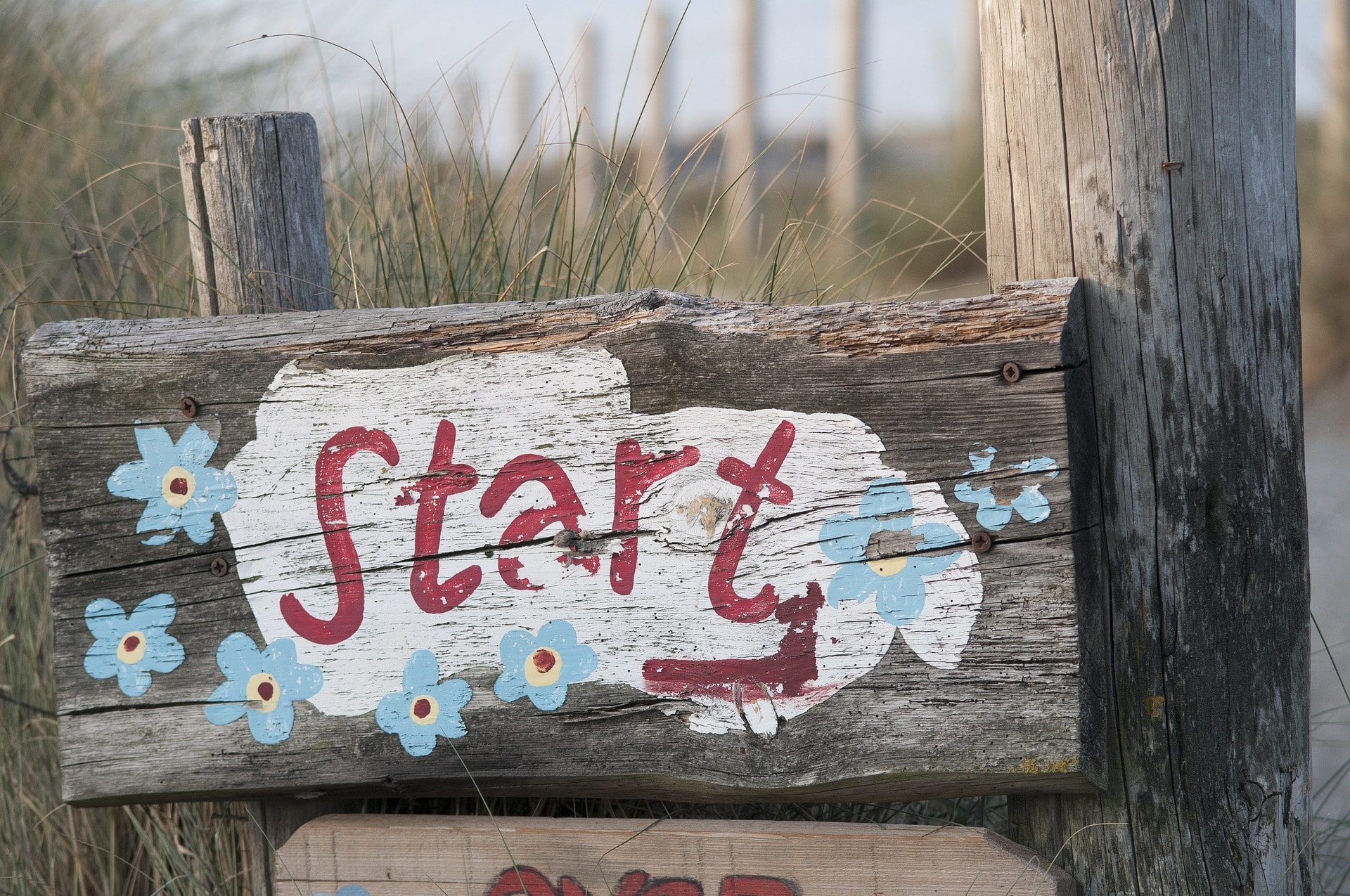
Choosing Your First Deck
When selecting your first deck, choose one that resonates with you visually and emotionally. The Rider Waite deck is often recommended for beginners due to its straightforward imagery and extensive literature available for interpretation.
Preparing for a Reading
Before you begin a tarot reading, it's essential to create a calm and focused environment. Here are some steps to help you prepare:
-
Take a Deep Breath: Center yourself and clear your mind.
-
Set Your Intention: Focus on the question or area of your life you want to explore.
-
Shuffle the Deck: Shuffle the cards thoroughly to ensure they are well-mixed. You can also cut the deck to further randomize the cards.
Pulling Cards
When you pull cards, trust your intuition. You can choose cards in various ways, such as spreading them out and selecting the ones that call to you or drawing from the top of the deck after shuffling.
Popular Tarot Spreads
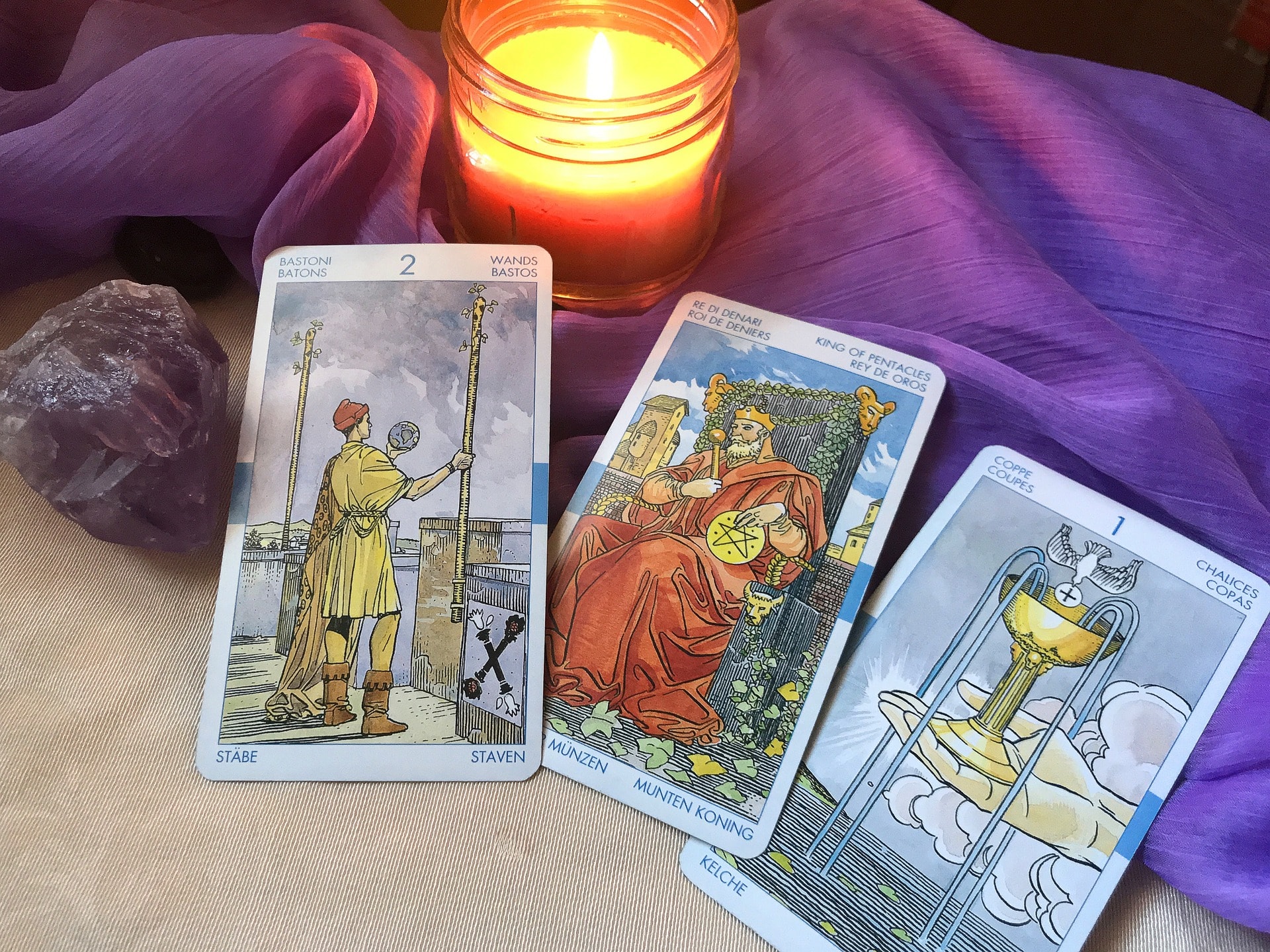
Three Card Spread
The Three Card Spread is one of the simplest and most versatile tarot spreads. It involves drawing three cards to represent the past, present, and future. This spread is ideal for quick insights and straightforward questions.
Interpretation of the Three-Card Spread
-
First Card (Past): Reflects past events or influences that are affecting the current situation.
-
Second Card (Present): Represents the current state of affairs or immediate concerns.
-
Third Card (Future): Indicates possible outcomes or future developments.
Celtic Cross Spread
The Celtic Cross is a more complex and detailed spread, providing an in-depth look at a situation. It involves ten cards, each with a specific position and meaning.
Positions in the Celtic Cross Spread
-
Present Situation: The current state or central issue.
-
Challenge: The obstacle or challenge facing the querent.
-
Subconscious Influences: Hidden factors or underlying issues.
-
Past Influences: Events or experiences from the past that impact the present.
-
Conscious Influences: The querent's current thoughts and attitudes.
-
Near Future: Upcoming events or developments.
-
Self-Perception: How the querent views themselves.
-
External Influences: How others view the situation or external factors.
-
Hopes and Fears: The querent's hopes and fears regarding the situation.
-
Outcome: The likely result or resolution.
Single Card Pull
For quick insights or daily guidance, a Single Card Pull can be very effective. This method involves drawing one card to provide a focal point for the day or to answer a specific question.
Five Card Spread
The Five Card Spread offers a more detailed look at a situation without being as complex as the Celtic Cross. It can provide clarity and deeper insights.
Positions in the Five Card Spread
-
Present Situation: The current state of affairs.
-
Challenge: The main obstacle or issue>
-
Past Influences: Factors from the past affecting the present.
-
Advice: Guidance or advice for moving forward.
-
Potential Outcome: The possible outcome if the advice is followed.
Interpreting Tarot Cards
Understanding Card Meanings
Each tarot card has a range of meanings, which can vary depending on the context of the reading and the position of the card in a spread. Here are some tips for interpreting tarot cards:
-
Major Arcana Cards: These cards often represent significant life events or spiritual lessons. Pay attention to their appearance as they can indicate major changes.
-
Minor Arcana Cards: Focus on everyday events and situations. Each suit has its area of influence:
-
Wands: Creativity, action, and ambition.
-
Cups: Emotions, relationships, and intuition.
-
Swords: Intellect, conflict, and decision-making.
-
Pentacles: Material aspects, finances, and physical health.
-
Reversed Meanings
Reversed cards (cards that appear upside down) can have different or additional meanings. They might indicate blocked energy, challenges, or a need for introspection. Understanding reversed meanings can add depth to your readings.
Personal Interpretations
While traditional meanings are essential, personal interpretations based on your intuition and the context of the reading are equally valuable. Keeping a tarot journal can help you track your interpretations and deepen your understanding.
Developing Your Tarot Reading Skills

Practice Reading
The best way to improve your tarot reading skills is through regular practice. Read for yourself, friends, and family members. Over time, you'll become more confident and intuitive in your readings.
Learning Tarot
There are many resources available for learning tarot, including books, online courses, and tarot communities. A good tarot book can provide comprehensive explanations of card meanings and spreads. Additionally, many seasoned tarot readers share their knowledge and experiences online, offering valuable insights.
Keeping a Tarot Journal
Maintaining a tarot journal is an excellent way to track your progress and develop your interpretation skills. Record your readings, the cards pulled your interpretations, and any patterns you notice. Over time, this will help you gain a deeper understanding of the cards and your journey.
Common Tarot Cards and Their Meanings

Wheel of Fortune
The Wheel of Fortune card represents cycles, change, and destiny. It indicates that life is constantly in motion, and new opportunities are on the horizon.
Death Card
The Death card symbolizes transformation, endings, and new beginnings. Despite its ominous name, it often signifies positive change and the shedding of old patterns.
Court Cards
Court cards (Page, Knight, Queen, and King) represent people, personalities, or aspects of oneself. Understanding their roles can provide insights into relationships and personal growth.
Tarot Readings for Personal Growth
Self Reflection
Tarot cards can be a powerful tool for self-reflection and personal growth. They can help you gain clarity on your goals, identify areas for improvement, and understand your inner wisdom.
Emotional Aspects
Tarot readings can also help you explore and address emotional aspects of your life. Whether you're dealing with stress, uncertainty, or relationship issues, the cards can offer guidance and support.
Physical Health and Well-Being
While tarot is not a substitute for medical advice, it can provide insights into your physical health and well-being. Cards like the Pentacles can indicate areas of focus for maintaining or improving your health.
Advanced Tarot Reading Techniques
Combining Tarot with Other Divination Tools
For more in-depth readings, you can combine tarot with other divination tools like astrology, numerology, or runes. This can provide a more comprehensive understanding of your situation.
Reading for Others
Reading tarot cards for others requires sensitivity and ethical considerations. Always seek permission, respect their privacy, and provide guidance without making absolute predictions.
Overcoming Common Tarot Challenges
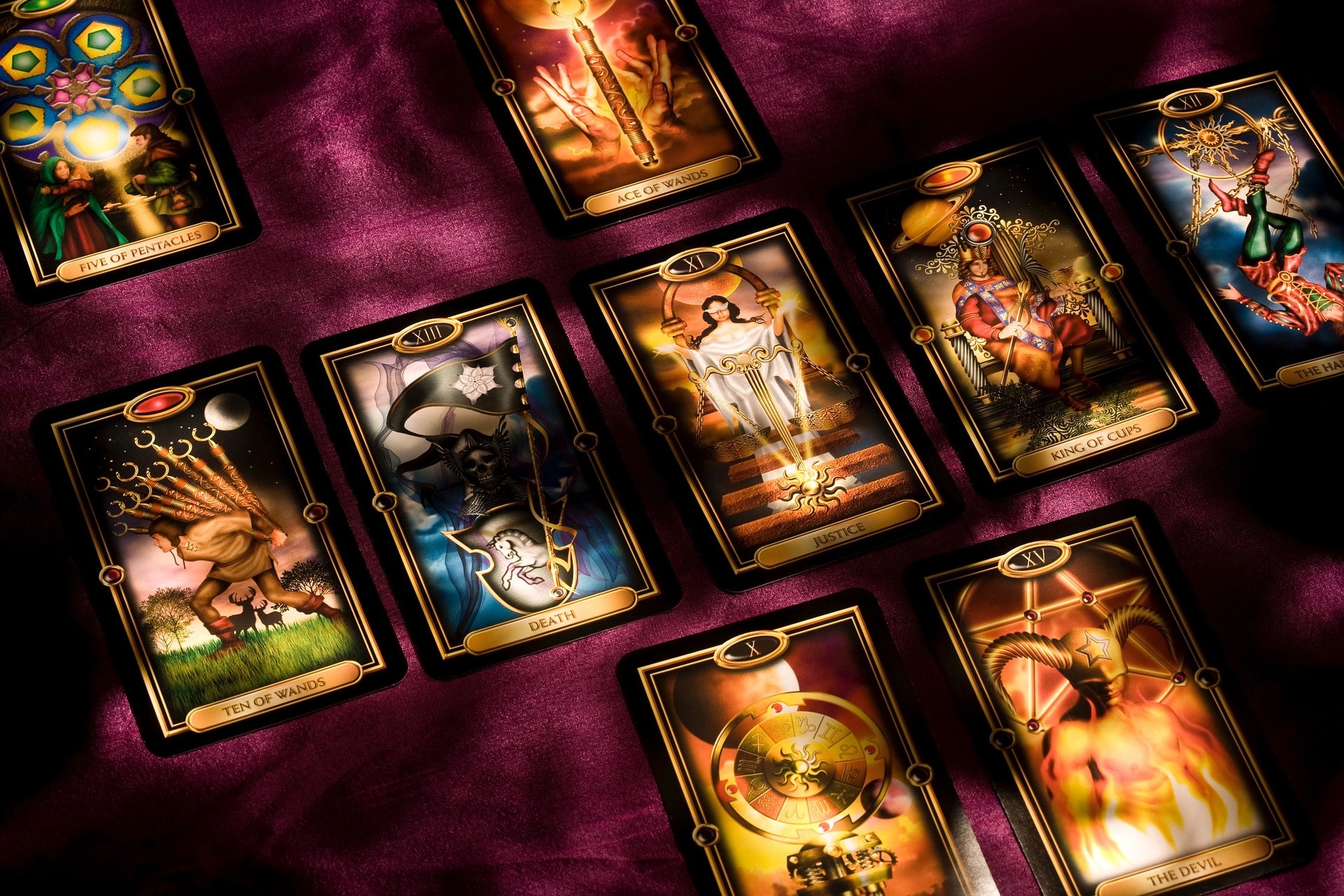
Interpreting Reversed Cards
Reversed cards can be challenging to interpret, but they add valuable nuances to a reading. Take your time to understand their meanings and how they relate to the surrounding cards.
Dealing with Negative Cards
Encountering cards with negative connotations, like the Tower or Ten of Swords, can be unsettling. Remember that these cards often highlight areas for growth and transformation, offering valuable lessons.
Trusting Your Intuition
Trusting your intuition is crucial in tarot reading. While traditional meanings provide a foundation, your inner wisdom, and personal interpretations make each reading unique and insightful.
Conclusion: Embracing the Journey of Tarot Reading
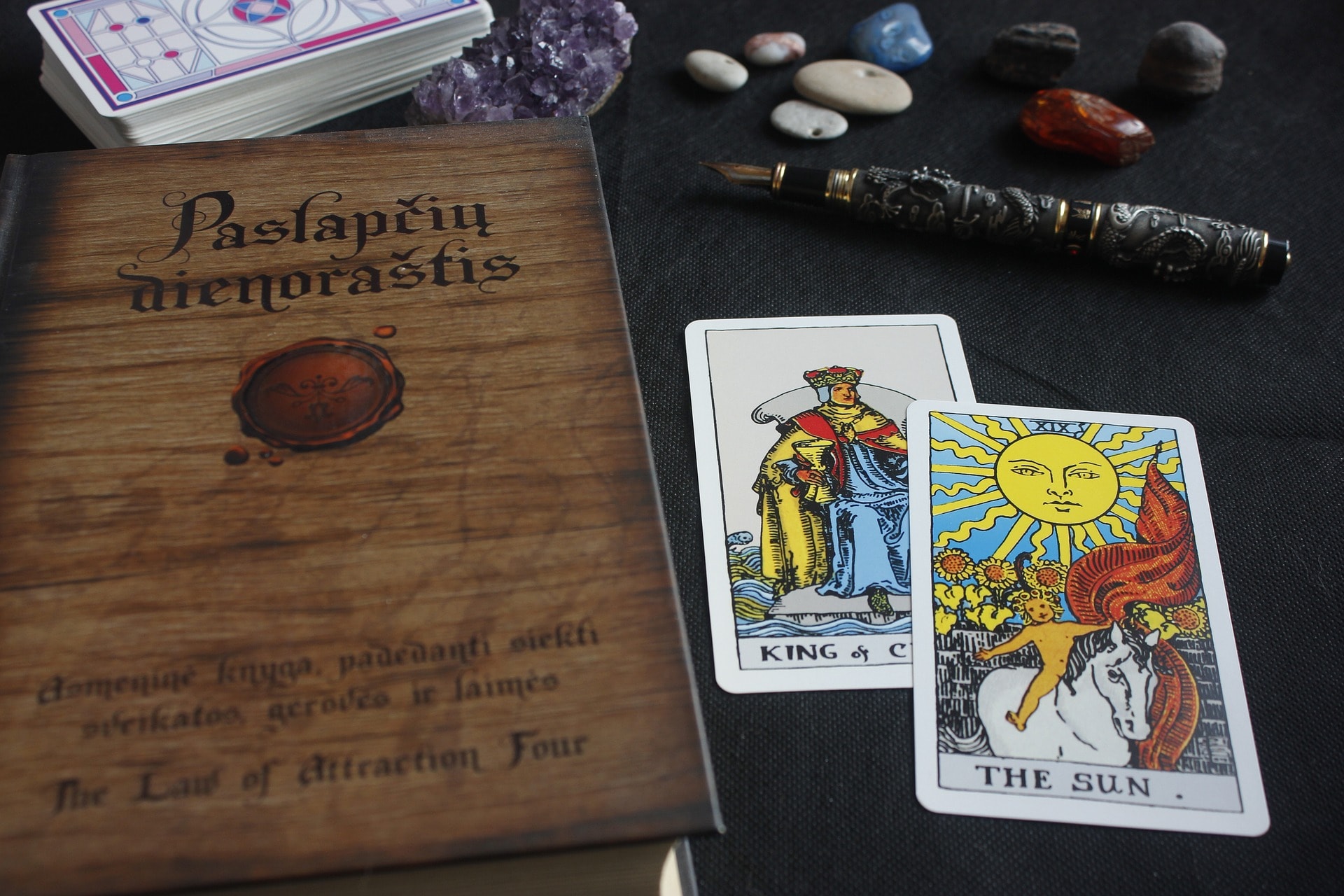
Learning how to read tarot cards is a rewarding journey that combines intuition, symbolism, and personal growth. Whether you're using a Rider Waite deck, exploring the depths of the Major and Minor Arcana, or practicing with different tarot spreads, the key is to remain open and curious.
Practical Tips for Beginners
-
Start Simple: Begin with basic spreads like the Three Card Spread and gradually explore more complex layouts.
-
Regular Practice: Practice regularly to build confidence and deepen your understanding.
-
Use a Tarot Journal: Keep a journal to track your progress and reflect on your readings.
Continuing Your Tarot Journey
As you continue your tarot journey, remember that each reading is a step towards greater self-awareness and understanding. Embrace the process, trust your intuition, and enjoy the insights that tarot brings into your life. Whether you're reading for personal reflection, helping friends, or exploring the ancient art of fortune-telling, tarot offers a profound way to connect with your inner wisdom and navigate the complexities of life.


